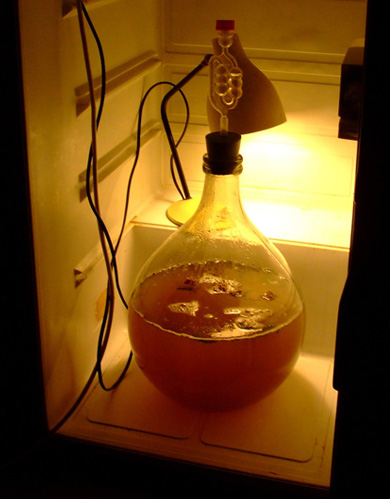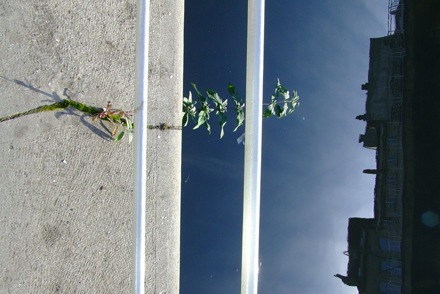Ferment Brussels: A Toast to Urbanibalism
Ferment Brussels is a fermented honey concoction based on urban ingredients and the recipe of the primordial drink hydromel (the mythological ambrosia). A rare and easy way to make a noble alcoholic beverage out of the urban environment, this aperitif was presented at Open Sauces, a dinner event meticulously organised by FoAM in Brussels on the 22nd November 2008. Download the PDF file of the presentation here.
Zoë seeks sweetness and finds an intensification in it. A further intensification was provided by the making of an intoxicating drink from honey. — Carl Kerény, Dionysus: An archetypal image of an indestructible life
Ferment Brussels is made from ingredients sourced and scraped from the bowels of Brussels, and in particular from its micoflora (the invisible army of yeasts that makes Belgian beer and bread unique). This aperitif made of the metropolis is also a salute to urbanibalism, the practice of feasting on unsuspecting ingredients found within the cityscape. While gathering these along the concrete sprawl of Brussels we met a beekeeper, a brewer, a microbiologist, a phytosociologist as well as several urban dilettantes. What follows is an abbreviated chronicle-recipe of the making-of this urbanic honey ferment.
- Urban honey. The honey has been harvested by the most active bee-keeper in Brussels: Marc Wollast. For him setting up hives in public locations is part of a campaign for bio-diversity in urban zones. Some of his hives are on the roof of one of the university buildings and he also in the throes of negotiation with the property owner of the Gare du midi to place a constellation of hives on the station’s roof. Unlike their fellow country bees, urban bees are able to sup much more nectar from the city’s indiscriminate array of flowers. Sourced from brambles on balconies to dandelions in the cemetery, this honey contains an invisible geography defined by the circuits of cross-pollination. This city sourced honey is also surprisingly non-polluted since bees function as natural filters.
- Wild yeast. Yeast is an animal of the air. Yeast spores are everywhere. The air of Brussels is home to an intriguing fauna of yeast strains, the Brettanomyces bruxellensis (aka “Brett”). Like any yeast, Brett converts sugars into alcohol and CO2. Its synergy with other local bacteria is what has created the distinctive sour lambic beer. The Cantillon brewery, situated west of the Gare du midi, is one of the few remaining breweries to make this unusual beer by spontaneous fermentation: here the beer wort is left in a big open vat just under the perforated roof of the brewery. This way the wort is exposed to the Brussels air until the fermentation begins (7 days or more). Given that a beer wort is comparable to the honey-water mix of hydromel, we decide to use some drops from a bottle of Cantillon lambic, giving us a pre-caught portion of Bruxellensis yeast to inoculate our first batch.
- Edible urban plants. Recipes for hydromel were quite common in medieval times. Piquant plant foliage or roots were used not only to flavour the fermenting honey or for medicinal purposes, but also to activate the yeast. This floric-macerated hydromel is called ‘metheglin’. An urban phyto-sociologist was able to give us advice on where to scout edible communities of urban veg-edibles and rhizomes: along walls, canal embankments, semi-forgotten or unmaintained zones. And so we trekked along the Brussels canal; kilometres of relentless grey and unforgiving spartan walls which seem sterilised of any vegetable vivre. Our luck turned as we found an old station master’s office and a train platform gone to rack and ruin, yet between them was growing a small clique of harvestable varieties including silverweed, burdock, sticky willow and ground elder.
- Natural fermentation. By way of unexpected serendipity, we also met hydromel expert and founder of the Belgian Confrerie de Hydromel monsieur Michel Poncé. He lives in Ottignies, south-east of Brussels, where he actively brews and ages hundreds of litres of fruit wines from rhubarb wine anno 1998 to bone-dry metheglins. Poncé is a purist and is willing to disseminate his hydromel-chemistry-expertise to thirsty beginners. Taking (some) of his advice in tow we embarked on the first (failed) attempts of fermentation. For this final batch we use the urban honey, a water decoction made from Brusselian burdock roots (Arctium Lappa which is very rich in curative properties: an excellent blood cleaner, for instance) and the unique Brussels Brett yeast culture. After a short period of fermentation, the ferment is siphoned into soda bottles which then continues to foam and froth for a few extra days, giving enough time to create a sufficient and enjoyable level of fizz and alcohol.
Although the know-how required to confect this urban brew is still in a rudimentary stage of invention, we’d still like to raise our tasting cups to the coalition of insects, parasites, histories and to all the small encounters between ourselves and other amateurs and professionals alike to which our urban existence is indebted. Proost, salut, cheers!
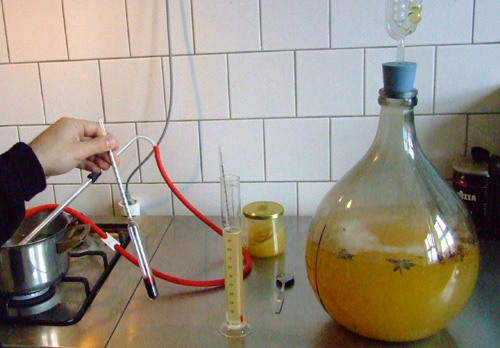
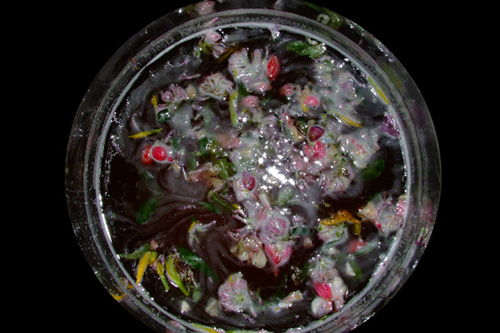
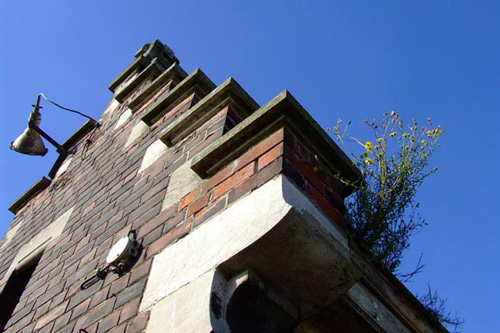
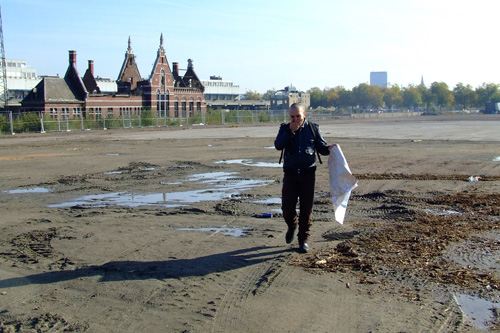
Our indelible thanks to:
- Brettanomyces bruxellensis, yeast
en.wikipedia.org/wiki/Brettanomyces_bruxellensis - Brasserie Cantillon, Brussels
www.cantillon.be - Sandrine Godefroid, urban phytosociologist, Vrije Universiteit Brussel
www.vub.ac.be/APNA/staff/Godefroid/Godefroid.html - Luv van der Vuyst, microbiologist, Vrije Universiteit Brussel
www.biomatnet.org/secure/Contacts/C1108641.htm - Michel Poncé, Confrerie des Vinificateurs Amateurs, Ottignies
home.scarlet.be/~td132839/cva/publications/guide.htm - Confrerie de Hydromel, Tihange
www.prov-liege.be/confreries/confreries/fine_hydromel.htm - Marc Wollast et les Abeilles dans sa Ville, Brussels
http://www.apisbruocsella.be/ - FoAM, Brussels
fo.am/open_sauces
